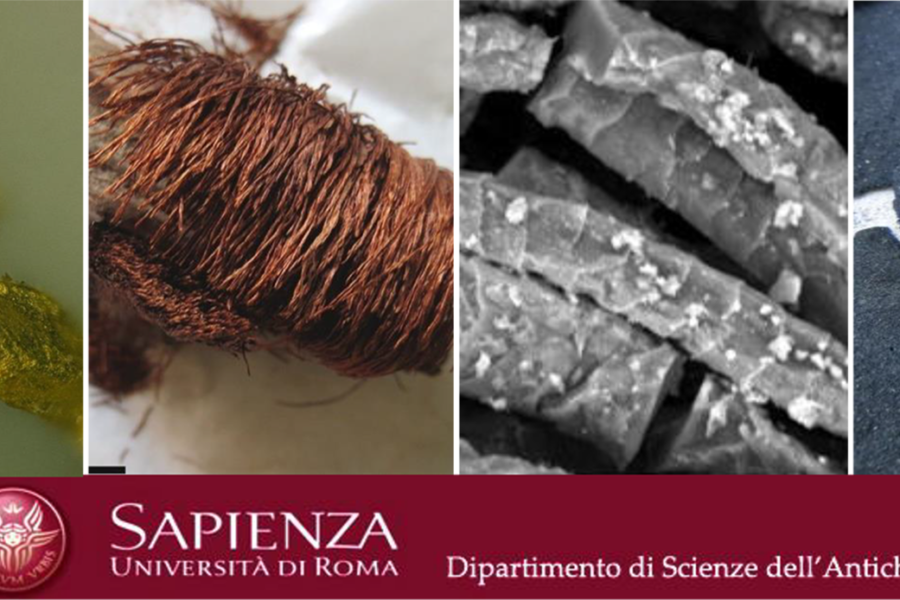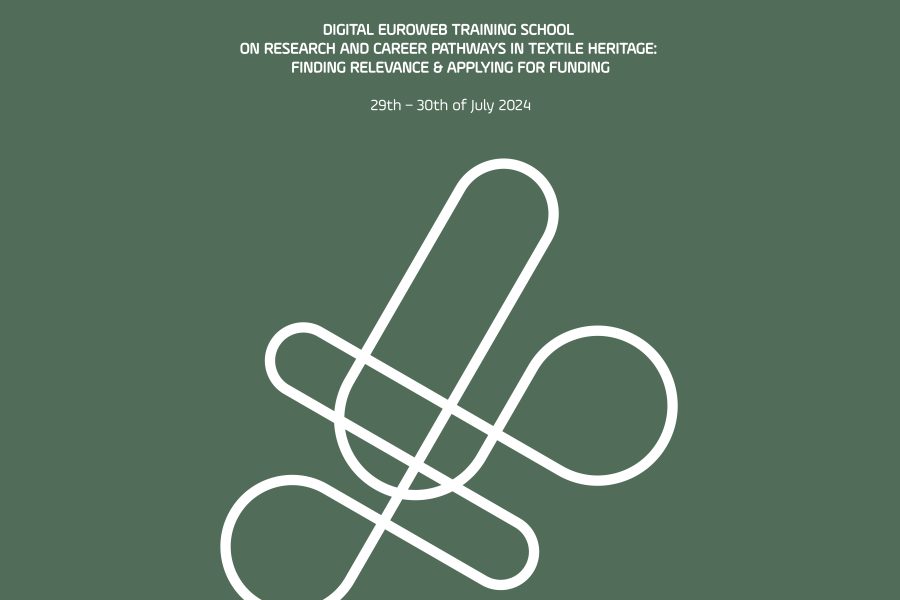
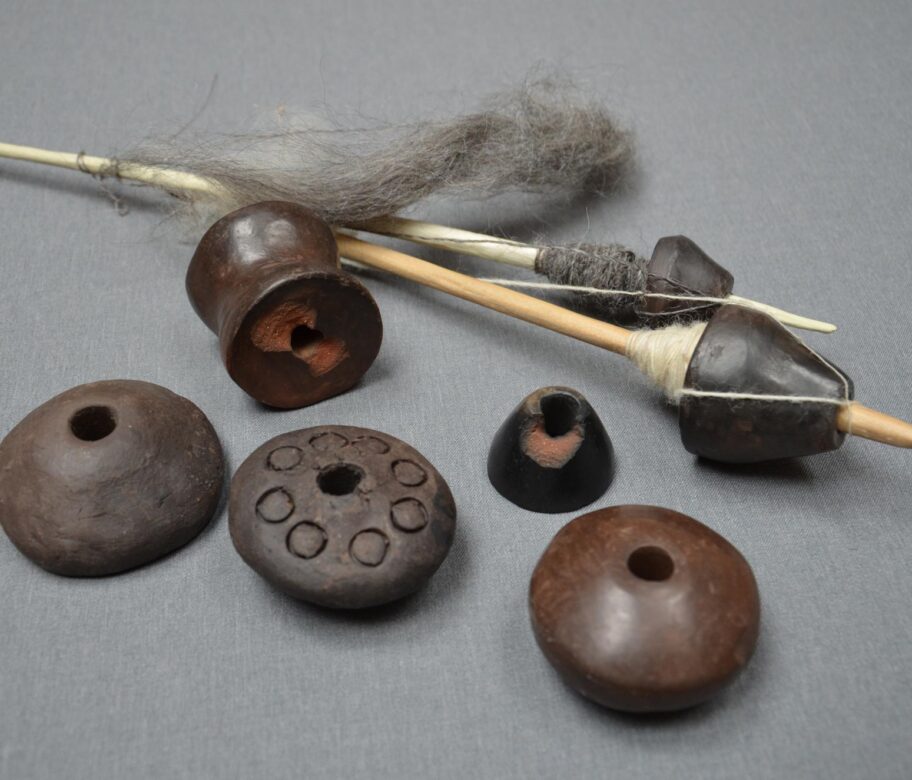
Working Group 1 – Textile Technologies
Introduction
Objectives in WG1: to explore the origins and long-term development of textile technologies by examining tools and textiles and testing techniques using experimental archaeology and learning from craftspeople and textile engineers; to investigate how textile techniques influenced and were influenced by other fields of knowledge and cross-craft phenomena; to highlight the roles of skill and creativity, and the mechanisms for the diffusion of techniques, innovations, patterns and fashions, and how it has influenced other technologies and inventions.
Themes: Early textile craft and technology can be studied through a variety of sources: archaeological textile remains, textile imprints, tools, texts, images, but due to soil and climate conditions, very few textile remains are found in excavations and textile tools made of perishable materials such as wood have also not often survived. However, bone needles, spindle-whorls and loom-weights are numerous in excavated areas. The analysis of these tools, linked to the study of the few textile remains and textile imprints in clay, shed new light on the spinning, braiding and weaving methods of the past. Textile fibre crops and the later exploitation of wool were innovations that affected textile technology profoundly. Wool has played an important role in technical innovations since the Bronze Age when dyes and mordents became a specialised field of knowledge. The individual sections of the chaîne opératoire are highly gendered and also structured according to age and training processes: it is rare to find a culture where men did the spinning, which was mostly the task of women and children.
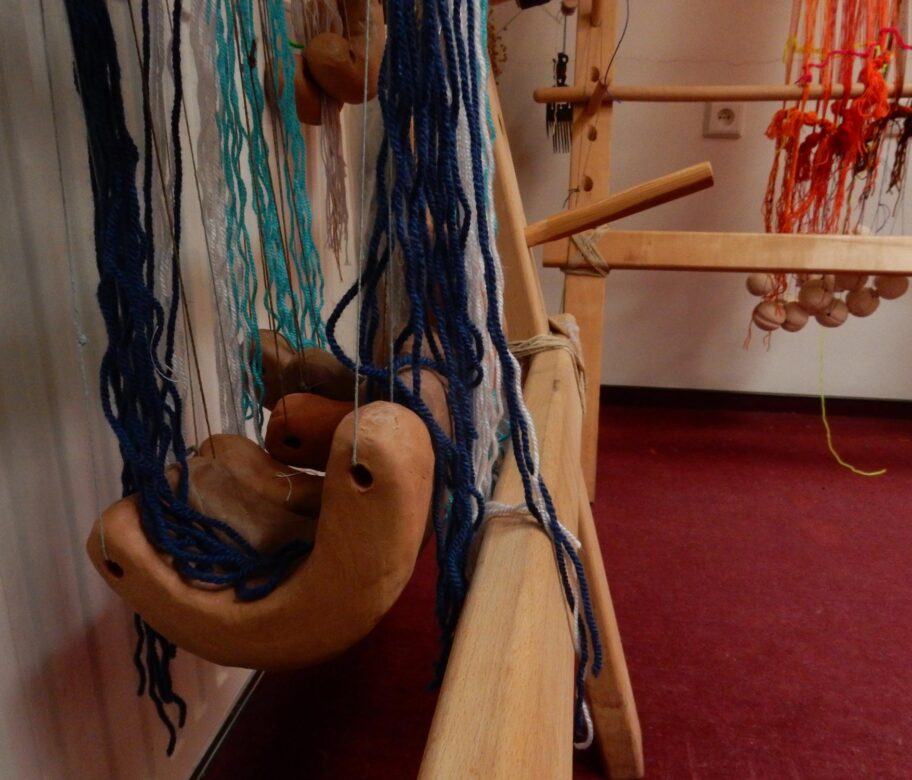
Likewise, in most cultures fulling was associated with adult males. Weaving can be carried out by both men and women (and children) but this assignment seems closely defined by the degree of income generation, the nature of production, and the productive context: women usually weave at home while men take over when weaving moves to workshops. In medieval times, guilds of men ‘professionalised’ the craft. Up until the 19th century, textile production was an integrated part of the professional training of poor children and orphans, with gender-specific specialisations and associated moral connotations. Spinning schools and cloth manufacturers undertook to educate boys and girls and prepared new generations for life as citizens.
1000 CE knitting emerges as an innovation, resulting in new designs and fashions. The medieval spinning wheel and the treadle loom accelerate production but also change techniques, body movements, and organisation of labour. Museum collections of industrial machinery are a historical resource that needs revival and requires skilled experts who are able to communicate the lost technologies.
Our major questions are: Q1: How to identify technological traditions and innovations? Q2: How is textile knowledge/ skill transmitted? Q3: How can the production of textiles inform us of the relationship between gender, age, status, labour, economy, and family income? Q3: What is the cross-craft interaction with other technologies of the past?
Team
Working Group Leader
Christina Margariti
GR

Working Group
Vice-Leader
Maria Emanuela Alberti
IT
Working Group
Vice-Leader
Tina Chanialaki
GR
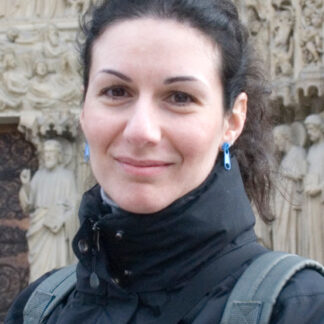
| Country | Name | Affiliation |
| AT | Karina Grömer | Natural History Museum – Vienna |
| AT | Kayleigh Saunderson | University of Vienna |
| CH | Laura Hendriks | School of Engineering and Architecture of Fribourg |
| CZ | Helena Březinová | Institute of Archaeology of the Czech Academy of Sciences |
| CZ | Milena Bravermanova | Institute of Archaeology of the Czech Academy of Sciences, Prague |
| DE | Petra Linscheid | University of Bonn |
| DE | Katrin Kania | Independent Researcher |
| DE | Malgorzata Siennicka | University of Göttingen |
| DK | Elsa Yvanez | University of Copenhaguen |
| ES | Raquel Piqué | Universitat Autònoma de Barcelona |
| ES | Maria Herrero-Otal | Universitat Autònoma de Barcelona |
| ES | Susagna Romero-Brugués | Universitat Autònoma de Barcelona |
| FI | Sanna Lipkin | University of Oulu |
| FI | Krista Vajanto | University of Helsinki |
| GR | Christina Margariti | Directorate of Conservation/Hellenic Ministry of Culture |
| GR | Stella Spantidaki | Hellenic Centre for the Research and Conservation of Archaeological Textiles (ARTEX) |
| GR | Dimitra Andrianou | National Hellenic Research Foundation |
| GR | Tatiana Kousoulou | Directorate of Conservation, Hellenic Ministry of Culture |
| GR | Tina Boloti | Academy of Athens |
| GR | Tina Chanialaki | Directorate of Conservation, Hellenic Ministry of Culture |
| GR | Maria Kinti | |
| GR | Daphne Filiou | Byzantine and Christian Museum of Athens, Hellenic Ministry of Culture |
| GR | Stavroula Rapti | School of Conservation of Antiquities and Works of Art, University of West Attica |
| GR | Panagiotis Christodoulou | Directorate of Conservation, Hellenic Ministry of Culture |
| HR | Julia Fileš Kramberger | University of Zagreb |
| HU | Rebeka Nagy | Museum of Applied Arts – Budapest |
| HU | Eszter Mátyás | |
| HU | Anikó Moór | Hungarian National Museum |
| IL | Debi Cassuto | Albright Institute of Archaeological Research, Bar Ilan University |
| IL | Diana Medellin | Tel Aviv University |
| IT | Francesco Meo | University of Salento |
| IT | Francesca Coletti | Sapienza University of Rome |
| IT | Maria Emanuela Alberti | University of Florence |
| NM | Liljana Kovachovska | National Museum of the Republic of North Macedonia |
| NM | Zlata Blažeska | Independent researcher |
| NO | Hana Lukesova | The University Museum of Bergen |
| PL | Agata Ulanowska | University of Warsaw |
| PL | Katarzyna Żebrowska | University of Warsaw |
| PL | Marta Pokojowczyk | Independent Researcher |
| PL | Magdalena Przymorska-Sztuczka | University of Warsaw |
| PL | Małgorzata Grupa | Nicolaus Copernicus University |
| PL | Joanna Słomska-Bolonek | Institute of Archaeology and Ethnology of the Polish Academy of Sciences in Lodz |
| PT | Helena Loermans | LabO |
| PT | Joana Sequeira | Lab2PT/INT2PAST, University of Minho |
| PT | Francisco B. Gomes | UNIARQ, University of Lisbon |
| PT | Catarina Costeira (PT) | Municipality of Sintra; UNIARQ – University of Lisbon |
| PT | Teresa Rita Pereira | Museum of Archaeology and Ethnography of the District of Setúbal; UNIARQ – University of Lisbon |
| PT | Elisa de Sousa | UNIARQ – University of Lisbon |
| PT | Íris Dias | UNIARQ – University of Lisbon |
| PT | Eduardo Porfírio | Municipality of Sintra; CEAACP – University of Coimbra |
| PT | Artur Q. Mateus (PT) | University of Lisbon (MA Student) |
| PT | Alexandre Gonçalves | Archaeological Museum of São Miguel de Odrinhas; UNIARQ – University of Lisbon |
| PT | Mariana Diniz | UNIARQ – University of Lisbon |
| PT | Andrea Martins | UNIARQ – University of Lisbon |
| PT | César Neves | UNIARQ – University of Lisbon |
| PT | Paula Nabais | LAQV – Requimte; NOVA University of Lisbon |
| PT | Ana Margarida Arruda | UNIARQ – University of Lisbon |
| PT | Ana Catarina Sousa | UNIARQ – University of Lisbon |
| PT | Victor S. Gonçalves | UNIARQ – University of Lisbon |
| PT | Raquel Vilaça | CEAACP – University of Coimbra |
| PT | Elsa Luís | UNIARQ – University of Lisbon |
| PT | Sérgio Gomes | CEAACP – University of Coimbra |
| PT | André Texugo | UNIARQ – University of Lisbon |
| PT | Rui Mataloto | Municipality of Redondo |
| PT | João Pimenta | UNIARQ – University of Lisbon |
| PT | Lídia Baptista | CEAACP – University of Coimbra |
| PT | Ana Sofia Antunes | UNIARQ – University of Lisbon |
| PT | Marta Miranda | Municipality of Mafra |
| PT | Catarina Alves | UNIARQ – University of Lisbon |
| PT | Joaquina Soares | Museum of Archaeology and Ethnography of the District of Setúbal; UNIARQ – University of Lisbon |
| PT | Natércia Teixeira | University of Porto |
| PT | Ana Claro | NOVA University of Lisbon |
| PT | Ana Maria Silva | University Coimbra; CIAS; UNIARQ; CEF – University de Coimbra |
| PT | Ana Manhita | HERCULES Laboratory – University of Évora |
| PT | Cristina Barrocas Dias | HERCULES Laboratory – University of Évora |
| PT | Teresa Ferreira | HERCULES Laboratory – University of Évora |
| RO | Alina Iancu, Romania | National Institute of Heritage of Romania |
| RO | Florica Matau | Alexandru Ioan Cuza University |
| RO | Iulia Teodorescu | ASTRA National Museum Complex |
| RO | Bogdan Manea | Research Institute of the University of Bucharest |
| RO | Adrian Balasescu | Institute of Archaeology “Vasile Pârvan” Bucuresti |
| RO | Mihaela Golea | Institute of Archaeology “Vasile Pârvan” Bucuresti |
| RO | Florica Zaharia | Textile Museum – Romania |
| SK | Tereza Štolcová | Institute of Archaeology of the Slovak Academy of Sciences |
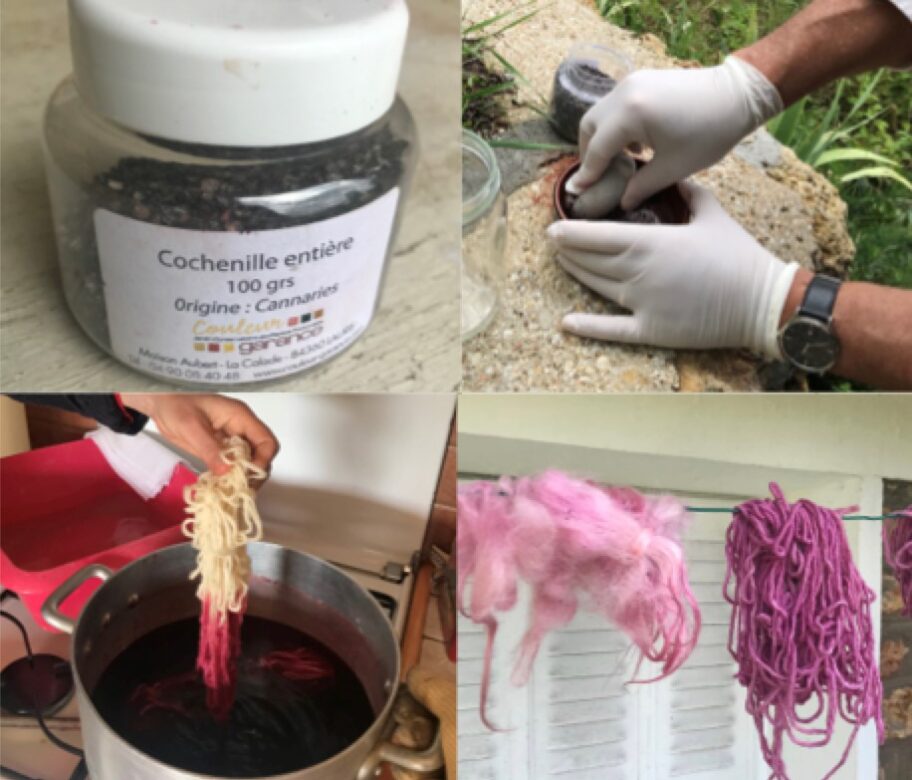
Output
Coming soon
News

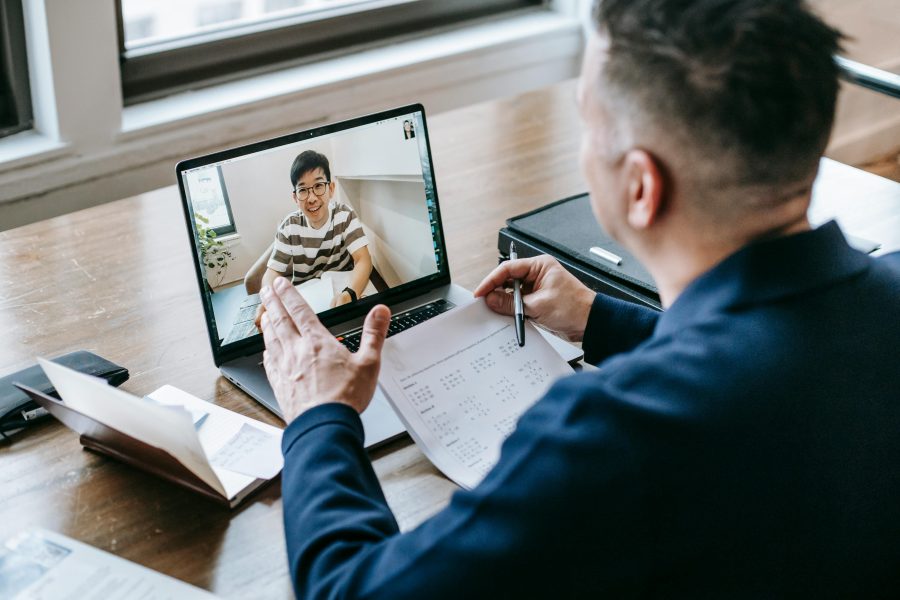
Upcoming EuroWeb Mentorship Programme – Call for Prospective Mentors

Upcoming EuroWeb Mentorship Programme – Call for Prospective Mentees
Meeting&Events
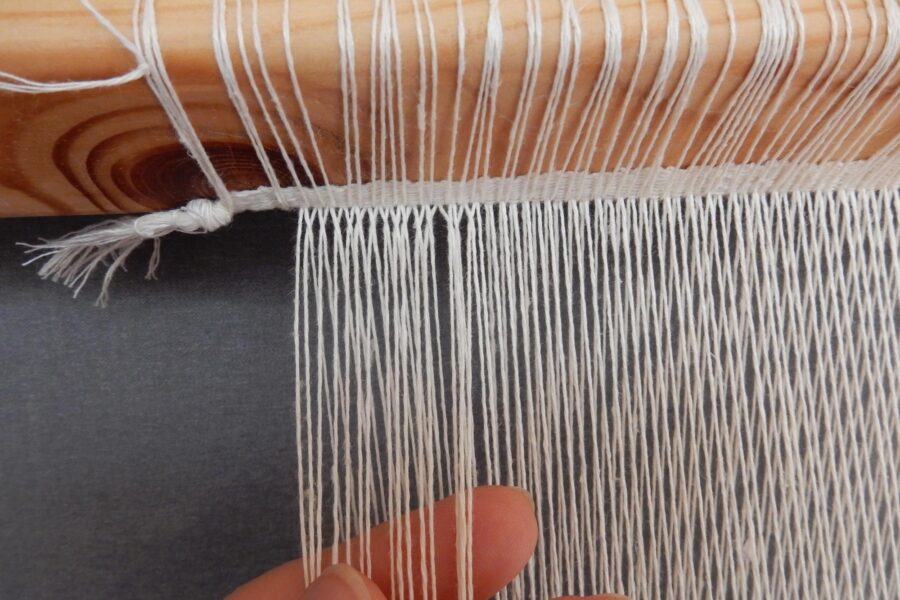
Training School on hands-on approach to textile tools: documentation, functionality and use-wear. Textile tools from Bronze Age Malia, Crete as a case study

International EuroWeb Workshop ‘Making, Wearing, Displaying: Textiles and the Body in Pre-Modern Societies’
